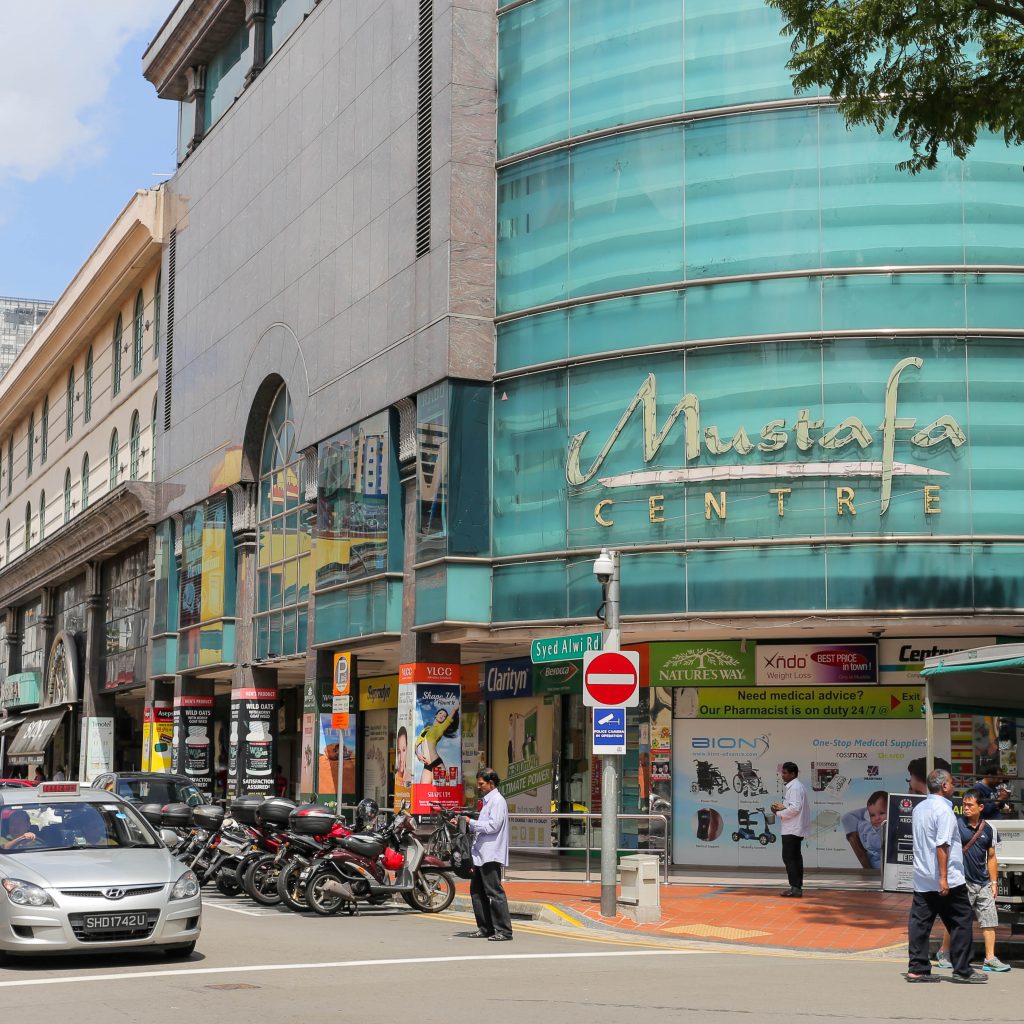Beyond the Myth: Indian Business Communities in Singapore
November 28, 2017

How have Indian business migrants contributed to the formation of the Indian diaspora in Singapore?
The Indian Merchant Association was registered in Singapore on 29 November 1924. Since then, it has grown to become the Singapore Indian Chamber of Commerce and Industry (SICCI), the most prominent association that engages with Indian businesses in Singapore and the region.
In this comprehensive book, Beyond the Myth: Indian Business Communities in Singapore (Singapore: ISEAS, 2011), Dr Jayati Bhattacharya, Lecturer at NUS South Asian Studies Programme, charts the history of Indian business communities in Singapore through different phases of their migration since the colonial times. She studies the linkages between transnational and diasporic Indian business communities in Singapore, and their relation to India and the rest of the Asian region that goes much beyond the formation and development of the Indian Chamber of Commerce. Bhattacharya deconstructs the notion that Indians arrived in Singapore as either convicts or indentured labour and argues that interactions through trade and commerce which also facilitated religious and cultural engagements, preceded dynamics of colonial labour migration. In fact, when Stamford Raffles established Singapore as a trading port, it only contributed to a pre-existing trade network amongst Indian merchants in the Malayan peninsula. From the colonial era, to the post-independence period, to the end of the Cold War, and to the present interactions, Bhattacharya weaves a connecting linear thread and looks at how Indian business migrants have constantly reinvented themselves with the changing structures and demands of the socio-political economy. She presents case studies of well-established Indian businesses, the Kewalram Chanrai Group, Chemoil, and the renowned Mustafa. Generations of interactions amongst different communities, migrations, as well as cultural integration are key factors that have led to the firm establishment of some of the big Indian businesses in Singapore. It has also provided with the foundation for the new wave of Indian professional and entrepreneurial migrants who have been contributing substantially to the development of the knowledge economy in Singapore.
Spanning across different generations, Bhattacharya’s scholarship focusses on the development of an important section of the Indian diaspora in Singapore and Southeast Asia for the first time in academic literature.
Buy the book here.
